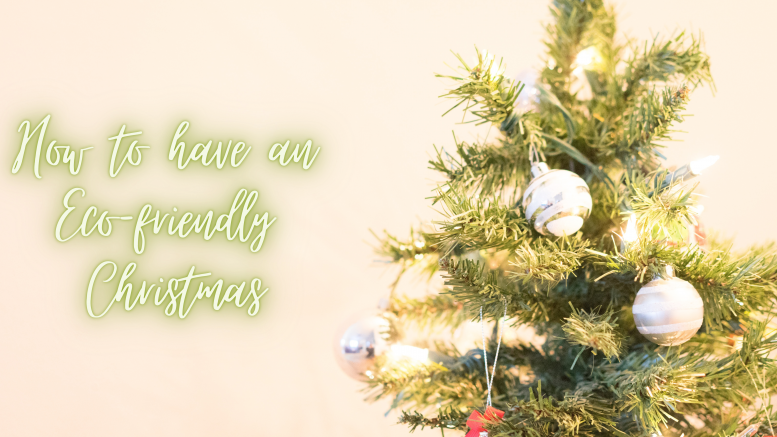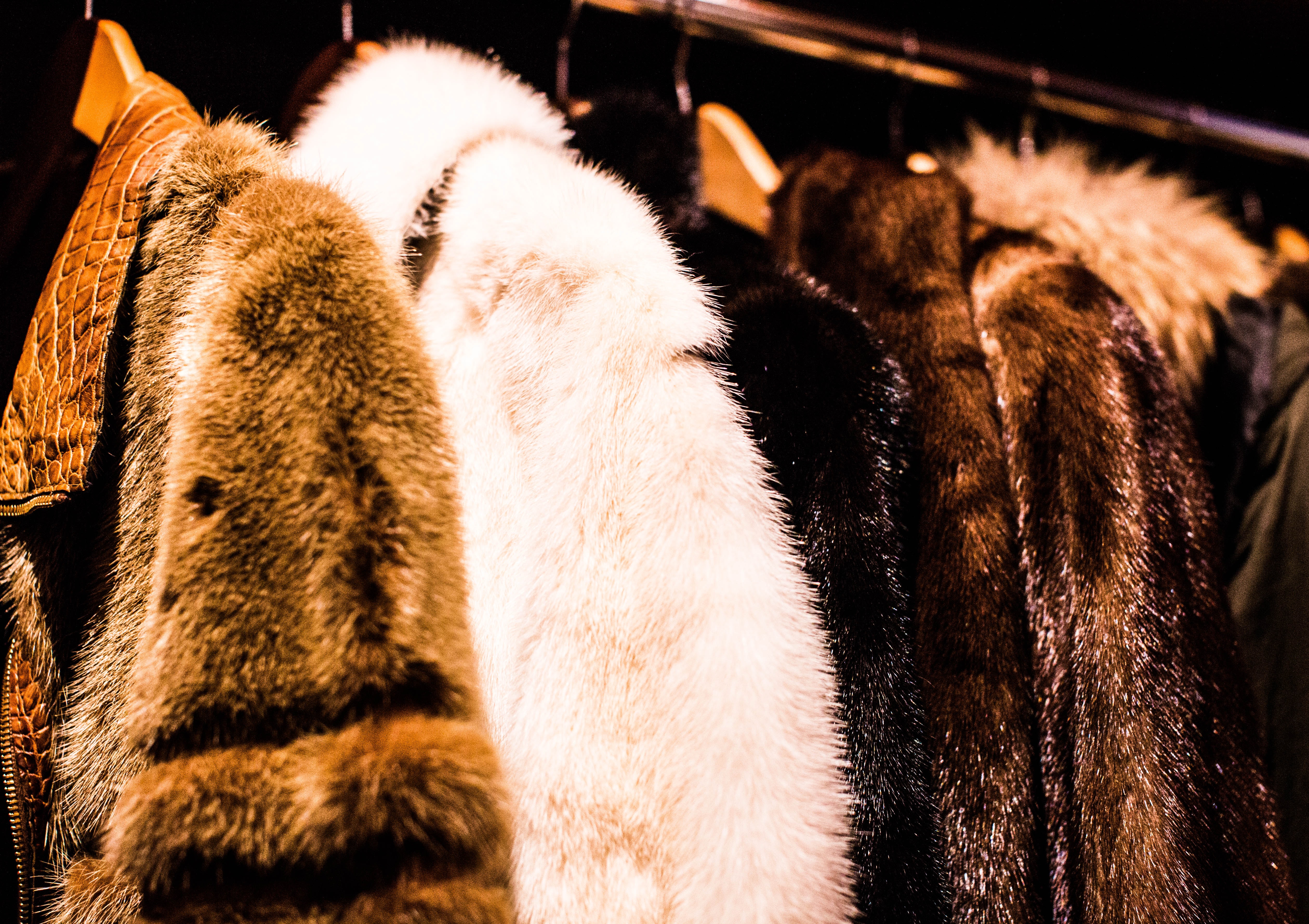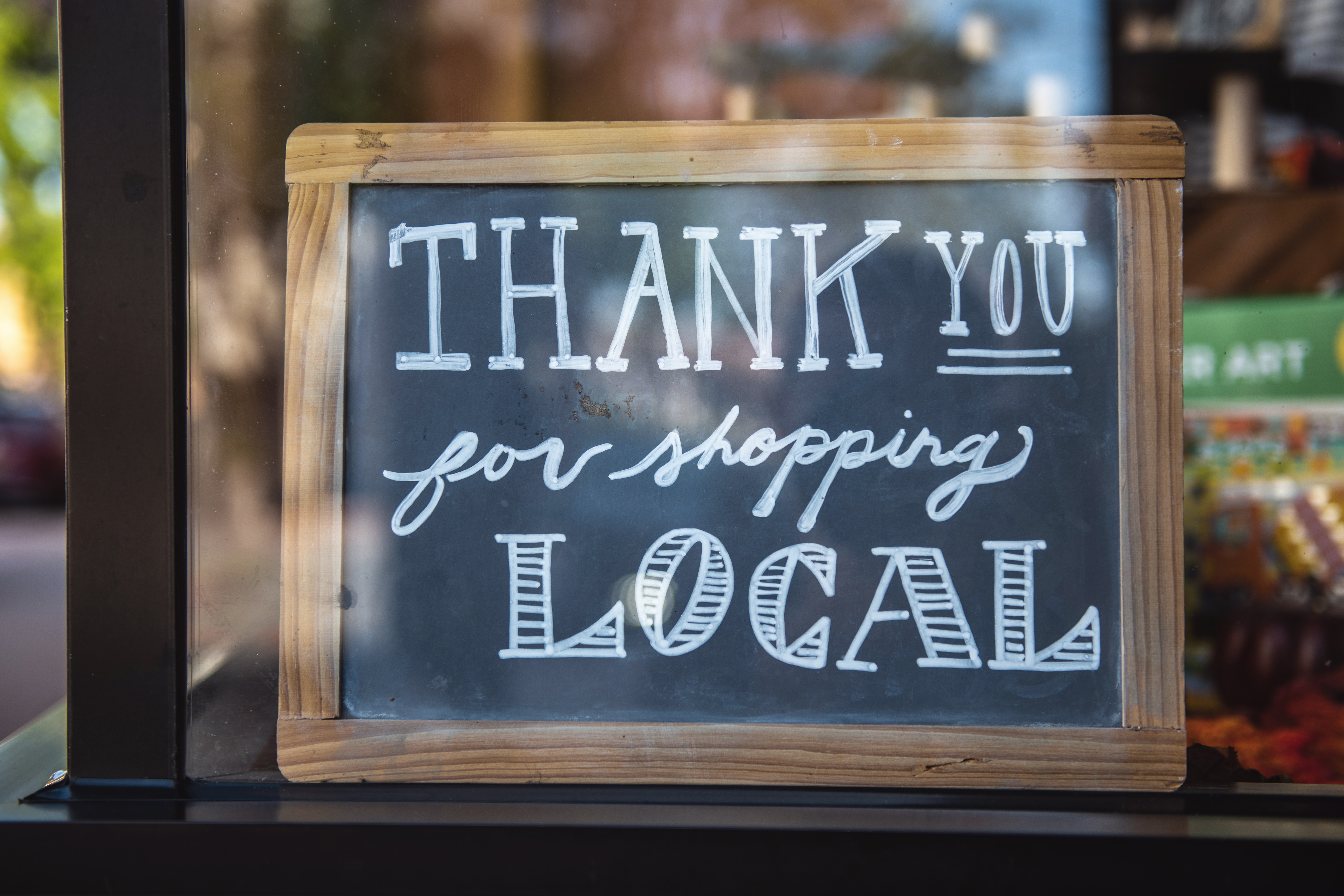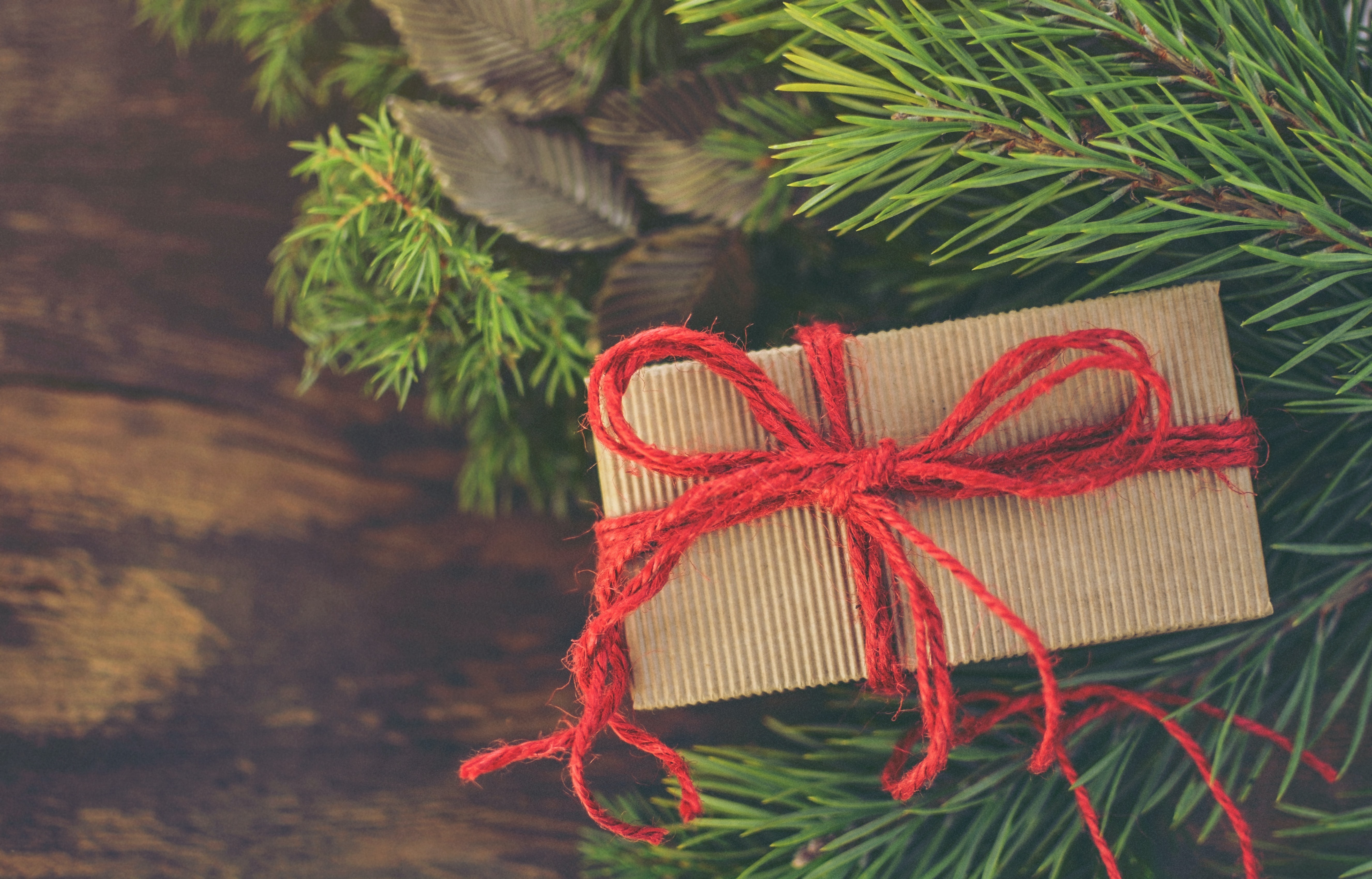Christmas is undoubtedly one of the most exciting times, but the environmental impact the festivities have year after year is considerably worrying. Fear not, Voice of London are here with all the best tips to make your Christmas shopping as eco-friendly as possible.
Winter Wardrobe
Vintage vs Faux
For years, the idea of wearing real animal fur has been unthinkable for anyone who cares about animals – and for good reason. However, many are unaware of the environmental impact of faux fur. Finding an eco-friendly fur coat may seem like an impossible task, but it is not.
Your best option is to opt for vintage or second-hand real fur. That way, you are not contributing to the cruel fur industry, but you are getting your hands on a biodegradable, plastic-free winter coat that is likely to last you decades.
Are you going to wear it?
One of the best questions to ask yourself when you purchase an item is Am I really going to wear this?
If the answer is no, or you will only wear it once or twice, you probably shouldn’t buy it. Instead, consider buying staples for your wardrobe that you know you will get a lot of wear out of.
Sustainable shopping
A little bit of research can mean the difference between an eco-friendly wardrobe and an environmental disaster. From the companies you shop with, to the materials your clothes are made from, deciding to shop sustainably can have a massive impact on your carbon footprint.
Check out The Guardian’s guide to sustainable fashion brands.
Shop second hand
These days the amount of people shopping second hand is increasing. With platforms such as Depop and Vinted becoming more popular, and of course classics like eBay and high street charity shops, there is huge potential to secure some guilt-free pieces this winter.
Present Shopping
Treat small businesses like your best friend
Instead of shopping with big corporations, try to buy from small businesses. Not only are you likely to receive much higher quality items but you are also contributing to a business with a much smaller carbon footprint. And with the pandemic affecting many people financially, there has never been a better year to shop small.
Buy items that will last
When deciding what to buy your nearest and dearest this festive season, consider purchasing items that are going to be durable and last a long time. The Christmas season contributes to an unimaginable amount of waste, why would you want your gifts to be part of that?
Buy what people actually want
As tempting as it is to want to present your loved ones with a tower of presents, they are likely to appreciate your efforts if they receive items they were actually in need of. That way, nothing is going to waste, and you know the recipient of your gift is being given something they love.
Don’t feel bad about buying second hand/vintage items as gifts
There seems to be a stigma around buying people second-hand gifts, but there is no shame in it. People frequently sell items new or hardly used online for very reasonable prices, so if you spot something you know someone is looking for, don’t feel bad about buying it second hand. They will probably care more about the gift than where you got it from.
Christmas Decorations
Use biodegradable wrapping paper
Each year we throw away around 300,000 miles of wrapping paper, and none of it is recyclable. As pretty as some of the wrapping paper on offer is, consider seeking out a biodegradable wrapping paper. Try using plain brown paper and decorating it with twine or reusable ribbon to make your presents just as pretty and eco-friendly.
Check out Re-wrapped or Wrapped By Alice for beautiful recycled gift wraps.
Buy a real Christmas tree
Where real Christmas trees are often grown not too far from where you live, artificial Christmas trees are made far away and imported here, which uses a lot of fossil fuels. Unless you are committed to keeping the same artificial tree for many years to come, consider buying a real tree instead. Not convinced? Just think of the smell!
Use LED’s
On average, Christmas lights are kept on for around 10 hours a day, producing an astronomical amount of carbon dioxide. To combat this, choose LED Christmas lights over others, they’re just as bright but don’t use anywhere near the same amount of energy.
For more tips on how to make your Christmas as safe and sustainable as possible check out:
Cyber Aware: 6 tips to secure online Christmas shopping
Four Covid safe activities to keep the Christmas spirit alive
Words: Chloe Rose | Subbing: Sam Tabahriti, Sara Varga




